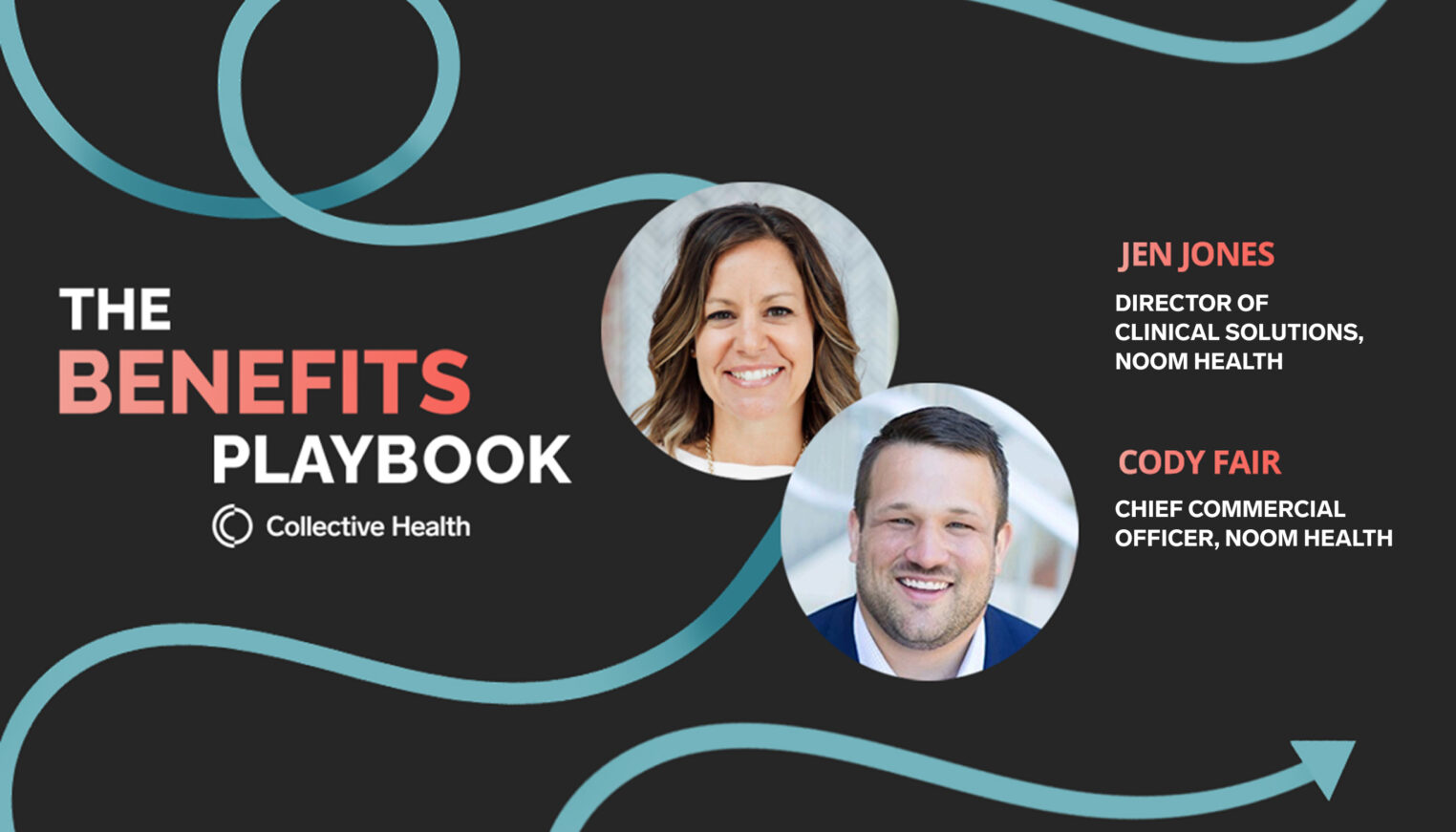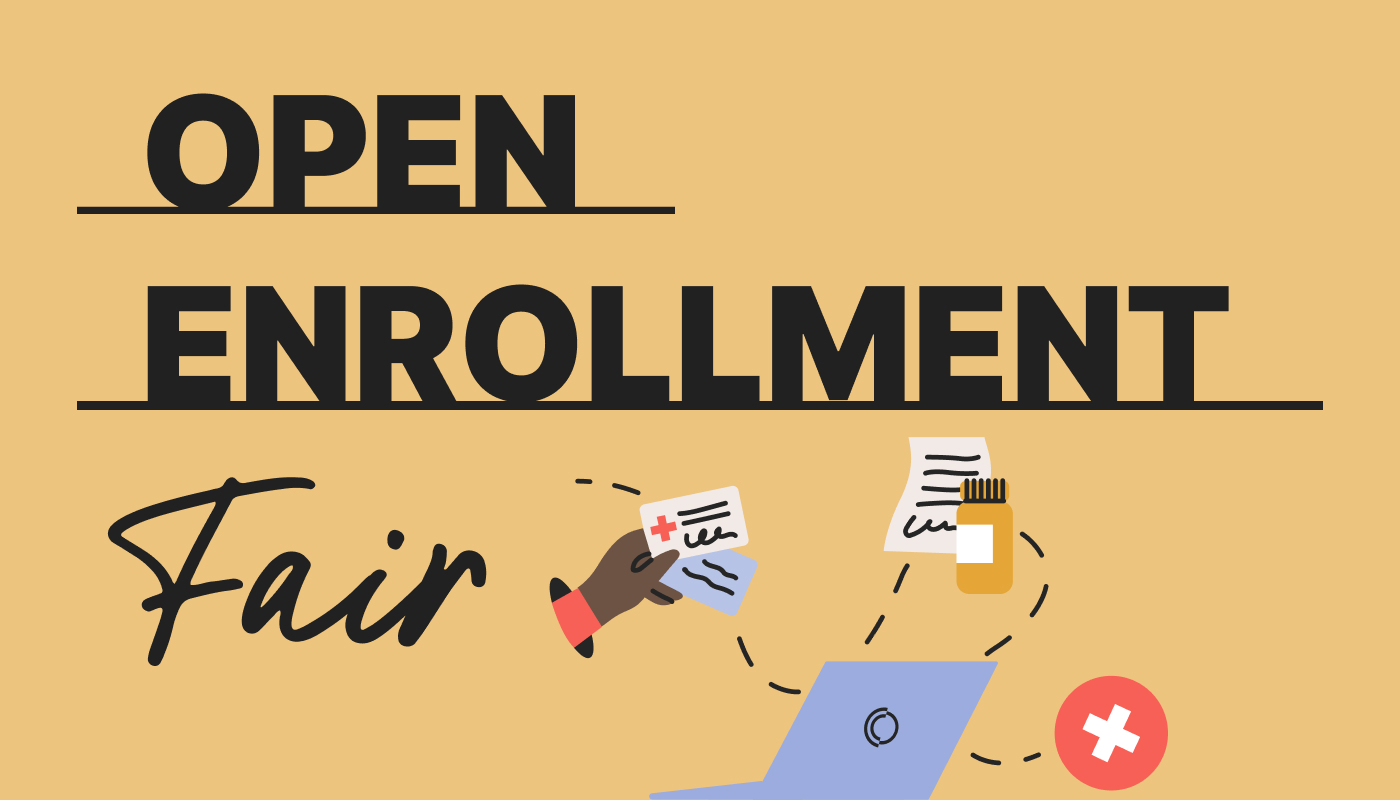In the second season of The Benefits Playbook, we spoke with innovative leaders who are reshaping employee health and benefits. Our guests shared their unique perspectives and let us take a peek behind the curtain at how top players in the industry are thinking about the future of benefits. Here are the key insights you need to know from these conversations:
Get ahead of costs with data-driven decision making
With healthcare costs continuing to rise, employers need sophisticated approaches to managing expenses while maintaining quality. One powerful but often overlooked tool is pre-certification data. This is information about medical procedures and treatments that require advance approval from insurance. This data provides clarity into future healthcare costs and needs before they become claims.
Brian Olsen, Partner at Sterling Seacrest Pritchard, emphasizes the strategic value of this information. “The pre-certification file is most important because it shows things that are coming down the pipeline that [are not] a claim yet. So looking at someone who may need an ACL repair — these are going to be subject to pre-cert. The data is so important because we can get in front of that member to maybe steer them to a cost containment program, or make the employer aware that [there is] a large claim coming.”
This proactive approach allows organizations to identify potential cost-saving opportunities before claims occur and implement targeted interventions. For example, employers can design incentive programs that encourage cost-effective care choices while maintaining quality outcomes. “If you do try physical therapy and it doesn’t work, we’ll waive that deductible and coinsurance on the actual surgery. Or if you do home infusion, we’ll waive the deductible, copay, coinsurance — whatever it is to incentivize the member to make that type of payment, “Olsen explains.
The most successful organizations are moving beyond retrospective claims analysis to embrace predictive analytics and proactive intervention strategies. This shift not only helps control costs but also leads to better health outcomes for members by ensuring they receive the right care at the right time.
Make healthcare more accessible through consumer-first design
Healthcare has historically operated on industry terms rather than consumer needs. Former NFL player Michael Caussin brings a unique outsider perspective to this challenge. “When you’re in the NFL, you get spoiled because things are just taken care of for you,” he shares. “Now working with regular consumers, I see how overwhelming and inaccessible the system can be.”
This disconnect is driving an important shift in how we approach benefits. Rather than expecting members to adapt to complex systems, innovative organizations are redesigning the healthcare experience around consumer needs. “We feel helpless [when] we feel like we’re in this box of … employer coverage or government coverage,” Causinn notes. “But you can take a lot more control and be a smart consumer when it comes to making those decisions.” This consumer-first approach isn’t just about satisfaction — it leads to better healthcare decisions and outcomes.
Make benefits education your secret weapon
A consistent theme across episodes was the critical importance of helping employees understand and navigate their benefits. Dr. Jessica Lea, founder of Tria Health, highlighted how hard it can be for people to understand some of the more complex terms they encounter in healthcare. “The average person is not going to sit and talk to you about deductibles or coinsurance,” Dr. Lea explains. Recent research backs this up — a 2024 survey found that only one in four Gen Z adults could define the words “deductible” and “copay.” Collective Health’s State of Benefits report found that 71% of employees struggle to understand their benefits and 82% of employers have seen an increase in questions about benefits in the past year. This knowledge gap may feel overwhelming, but it’s an opportunity for employers to differentiate themselves through robust education and advocacy support outside of open enrollment.
Benefits education for your people could look like:
- Creating a glossary breaking complex terminology into simple language
- Offering ongoing education on benefits beyond open enrollment season
- Providing advocacy support for claims and care navigation
Partnering with Collective Health can help employers meet people where they’re at. With Collective Health, employers can give their members access to dedicated Member Advocates who help them navigate their benefits, answer questions in plain language, and provide support if issues come up. These advocates serve as a trusted resource, helping Collective Health members make informed decisions about their healthcare.
Foster a culture of curious leadership
Want to find and implement the most innovative benefits solutions? Start by getting curious. Dan Hodges, SVP at Woodruff Sawyer, emphasizes the need for “curious leadership that is interested in how they can manage their healthcare dollars.” If your leadership is settling for the status quo, they probably aren’t exploring new options — and the solutions that could be best for your people may be left in the dust.
“I can almost tell you with 100% accuracy if a company is successful or not very successful based on how they manage their benefit programs,” Hodges explained. “Because a lot of companies will say, ‘Hey, this is just healthcare. It’s something we have to do.’ They’re not super engaged.” The most successful organizations have leaders who actively participate in benefits strategy discussions, ask questions, and remain open to new approaches.
This curiosity needs to extend beyond just HR — it should include finance, operations, and other key stakeholders. When considering changes like moving to a self-funded model, having curious and engaged leadership across departments helps ensure the right evaluation and implementation.
Encourage healthcare access through strategic technology adoption
Digital innovation in healthcare isn’t just about adding new tools. It’s about fundamentally reimaging access and delivery. As Halle Tecco, Founder of Rock Health and Collective Health board member, observes, “Where we really have failed is to engage the chronically unengaged healthcare consumers.” While early digital health solutions catered to already-motivated users, the real opportunity lies in reaching those who have historically been underserved.
Ali Diab, Collective Health CEO, explains that there’s more to providing the care people need than just giving them the technology. “Technology is not a service unto itself. The tech is in service of a customer-focused objective.” The key is deploying technology strategically to:
- Expand access to care, particularly in rural and underserved communities
- Reduce administrative burden on both providers and patient
- Enable faster, more informed decision-making
- Support rather than replace human connections
- Break down barriers to engagement
As Tecco points out, we see tangible, positive results from this approach. “Rock Health just came out with a report about how rural health is more plugged into telehealth and growing faster than other segments. This is cool to see because they’re the ones that are going to be least likely to be close to a specialist.” The ultimate goal isn’t just to put existing processes online, but to create more equitable, accessible, and effective healthcare experiences for people, regardless of their location or circumstances.
–
For organizations looking to build a future-ready benefits strategy, tips like these from leaders in the field are key to driving engagement, improving outcomes, and ensuring employees get the most value from their benefits. Learn more about how Collective Health can help you optimize your benefits strategy here and listen to full episodes of The Benefits Playbook.



